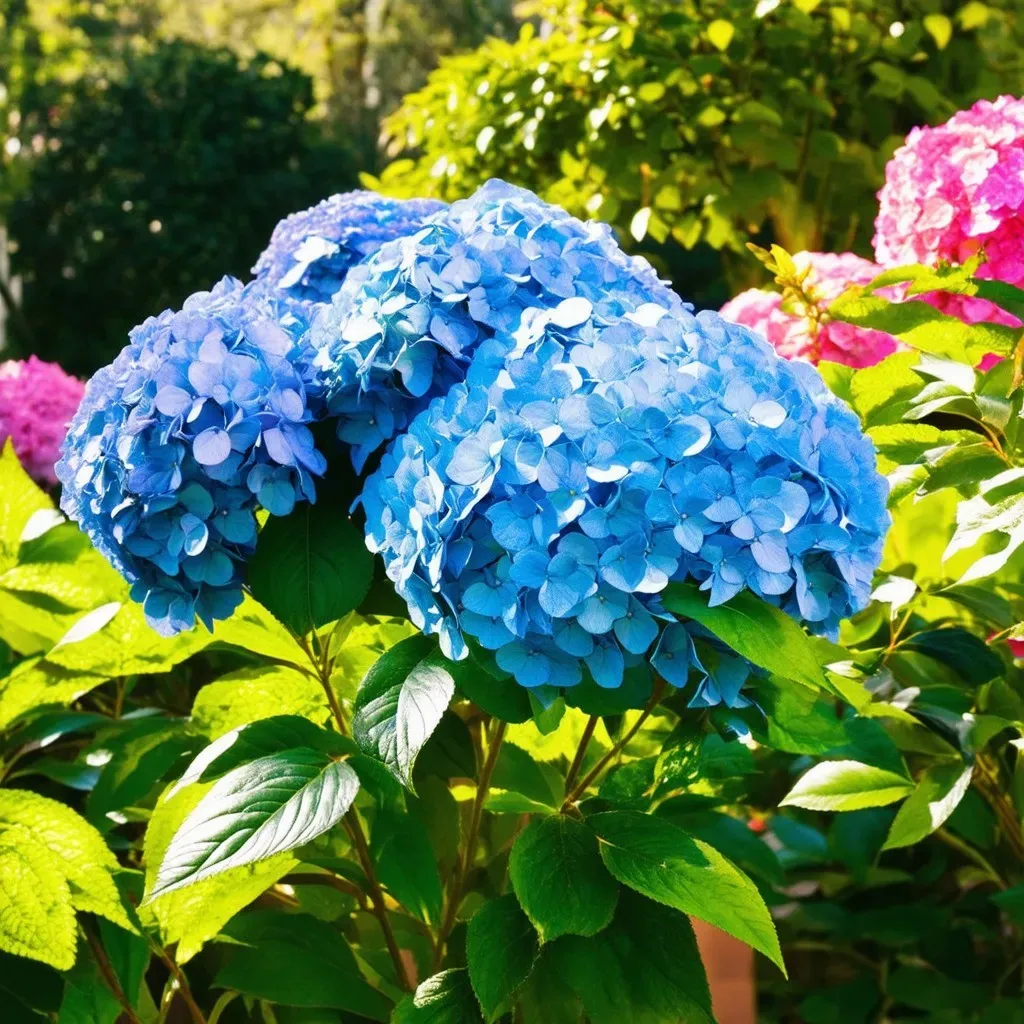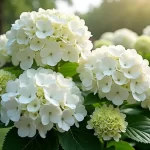Hydrangeas thrive beautifully in USDA hardiness zone 9, where the climate provides ample warmth and moisture suited for various hydrangea species. Understanding which varieties flourish in this zone is essential for any avid gardener. From the spectacular blooms of the Oakleaf hydrangea to the resilient Panicle varieties, growing hydrangeas in zone 9 can transform your landscape into a stunning floral paradise.
Understanding Zone 9 Conditions
Zone 9 experiences mild winters and hot summers, characterized by:
- Average Minimum Winter Temperature: 20°F to 30°F (-6.7°C to -1.1°C)
- Growing Season Length: Typically 10-12 months
- Sunlight Exposure: Full sun to partial shade
- Soil Type: Well-drained, preferably with organic matter to retain moisture
This ideal environment supports a variety of hydrangea species that can adapt well to these conditions, ensuring that your garden remains vibrant and colorful throughout the year.
Popular Hydrangeas for Zone 9
Not all hydrangeas will succeed in zone 9. Here’s a handy table showcasing the most suitable hydrangea varieties for this climate:
| Hydrangea Variety | Notes | Sun Exposure |
|---|---|---|
| Oakleaf Hydrangea | Drought-tolerant, prefers partial shade | Full sun to partial |
| Panicle Hydrangea | Adaptable, produces cone-shaped blooms | Full sun |
| Bigleaf Hydrangea | Color varies with pH levels, needs moisture | Partial shade |
| Smooth Hydrangea | Handles heat well, blooms on new wood | Full sun |
| Climbing Hydrangea | Provides vertical interest, slow growing | Partial shade |
Favorite Hydrangeas for Hot Climates
-
Oakleaf Hydrangea (Hydrangea quercifolia): Ideal for drier parts of zone 9, the oakleaf hydrangea features thick foliage that can hold up against drought conditions. Its unique leaves turn vibrant colors in the fall, providing year-round interest.
-
Panicle Hydrangea (Hydrangea paniculata): This adaptable variety can tolerate hot summers and is often flower-laden with showy panicles. Varieties like ‘Limelight’ and ‘Pinky Winky’ are well-loved for their impressive blooms.
-
Bigleaf Hydrangea (hydrangea macrophylla): While it requires more moisture than Others, the bigleaf hydrangea can produce beautifully colored flowers, dependent on the soil’s pH level—alkaline soils yield pink flowers, whereas acidic soils yield blue.
-
Smooth Hydrangea (Hydrangea arborescens): Known for the ‘Annabelle’ cultivar, this hydrangea is great for heat and thrives well in full sun. Its large white blooms are breathtaking and stand up well to summer weather.
-
Climbing Hydrangea (Hydrangea anomala subsp. petiolaris): If you’re looking for vertical growth, this climbing variety can add interest to walls or trellises with its trailing and climbing nature. It requires partial shade and offers lovely white flowers.
Reference Video
Cultivation Tips for Hydrangeas in Zone 9
To successfully grow hydrangeas in zone 9, consider the following practices:
Watering
- Frequency: Hydrangeas prefer consistently moist soil, especially during the hot summer months. Water deeply and regularly to ensure proper hydration. A general rule of thumb is to water them 1-2 inches a week, adjusting based on rainfall.
Soil Requirements
- Type: Well-drained soil is vital. A mix of garden soil and organic compost can improve moisture retention and nutrient availability.
- pH Level: Testing your soil’s pH will determine which color hydrangeas will bloom. You can adjust soil acidity with amendments.
Sunlight
- Hydrangeas can tolerate full sun but often appreciate partial shade, especially in the hotter areas of zone 9. Monitor your plants for signs of wilting or scorching.
Fertilization
- When to Feed: Applying a slow-release fertilizer in late winter can boost flowering. Look for fertilizers with balanced N-P-K (Nitrogen-Phosphorus-Potassium) ratios appropriate for flowering plants.
Pruning
- Timing: Prune hydrangeas in late winter to early spring before new growth appears. Different types of hydrangeas require specific pruning methods—understanding each variety’s habits will ensure vibrant blooms.
Pest Management
- Common pests affecting hydrangeas include aphids and spider mites. Regular checks and using insecticidal soap can help manage infestations while promoting healthy growth.
Frequently Asked Questions (FAQ)
Can I grow hydrangeas in pots in zone 9?
Yes, hydrangeas can thrive in pots, especially if you opt for smaller varieties. Ensure the pot has adequate drainage, and use rich potting soil to support their moisture needs.
What hydrangeas grow best in full sun in zone 9?
Panicle hydrangeas are the best for full sun exposure as they can withstand heat and drought while still producing beautiful blooms.
How can I change the color of my hydrangeas?
You can adjust the soil pH to alter the color of bigleaf hydrangeas. Alkaline soils yield pink blooms, while acidic soils produce blue flowers.
Do hydrangeas need a lot of water?
Yes, hydrangeas prefer evenly moist conditions. Regularly monitor the soil, especially during hot weather, and water accordingly.
Are hydrangeas safe for pets?
Most hydrangeas are considered non-toxic to pets, but it’s always best to consult with a vet if you suspect your pet has ingested any plants or flowers.

For more detailed insights on hydrangeas and their growing conditions, you can visit the Epic Gardening website, which provides an in-depth guide on creating a beautiful hydrangea garden in zone 9.
Fostering a lush hydrangea garden in zone 9 is entirely attainable with the right knowledge and care. Enjoy the journey of nurturing these beautiful plants and let them become a focal point in your garden landscape!


